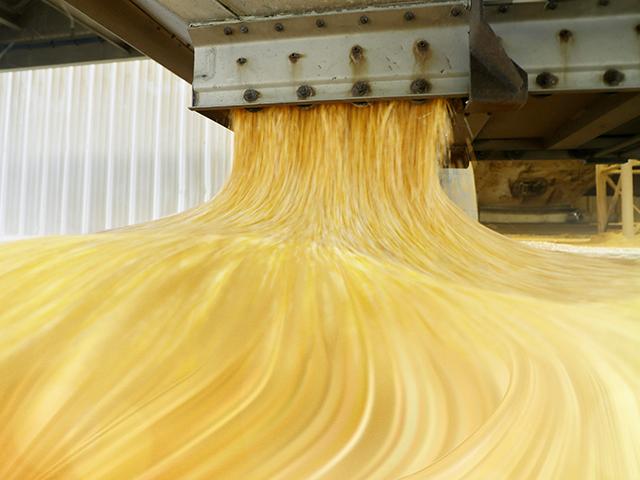Inside the Market
New-Crop Prices Take Early Dive
Row-crop planting is wrapping up across the Midwest, and new-crop prices are already falling on expectations for larger supplies of corn and soybeans in the fall. Writing in mid-May, December corn near $5 has dropped over $1 per bushel in 2023 and is 62 cents per bushel below the July price. November soybeans below $12 are down over $2 per bushel in 2023, roughly $1.50 below the July price. If early market inclinations are correct, the bull market that began with unusually large corn and soybean purchases from China in the fall of 2020 is over.
USDA's new-crop supply and demand estimates from May 12 showed what a difference to the supply situation good weather could make in 2023. USDA's estimate of 92 million planted corn acres may not hold up, but even my estimate of 90 million planted corn acres with good weather could easily put U.S. ending stocks above 2 billion bushels (bb) in 2023-24. Soybean ending stocks are a more difficult call. USDA's estimate of new-crop ending stocks at 335 million bushels (mb) is a reasonable start, well above USDA's old-crop estimate of 215 mb.
With La Nina conditions now gone and a possibility of El Nino sometime this summer or fall, DTN's weather team expects more favorable crop conditions in 2023, marked by milder temperatures and a broader coverage of normal rainfall across the Corn Belt. That's a recipe for higher national yields. One challenge to the bearish scenario is the possibility of prevented plantings in the Northwestern Plains, where overly wet conditions remain a threat.
P[L1] D[0x0] M[300x250] OOP[F] ADUNIT[] T[]
Larger crops in the U.S. are not the only bearish threat. Brazil is almost done harvesting its record soybean crop of 155 million metric tons (mmt), or 5.7 bb. That new mountain of soybeans should keep the export market well-supplied, possibly deep into fall. Brazil's safrinha corn crop is just getting started and has a whole growing season ahead. USDA expects Brazil to produce a record 130 mmt, or 5.12 bb, of corn in 2022-23, another big challenge to U.S. corn exports that are already suffering from last year's record production in Brazil. Relentlessly, the expansion of Brazilian cropland continues.
Beyond larger supplies, this year's commodity prices also face bearish influence from outside markets. In the May issue of Progressive Farmer, I explained how bank failures in March were scaring traders out of markets in general, including ag futures. The financial sector is still not stable, as cash-flow remains a concern for several regional banks, while the Fed remains committed to higher interest rates to restrain inflation. Energy prices are down from a year ago, but orchestrated oil production cuts from OPEC+ in May make the Federal Reserve's job more difficult, maintaining a threat to tighter energy supplies this summer.
It's still early in the new season, and conditions can change. But, early bearish arguments are daunting. After two years of tighter supplies and solidly higher prices, the early downtrends in new-crop corn and soybean prices deserve respect with potential for even lower prices by fall.
**
-- Read Todd's blog at https://about.dtnpf.com/…
-- You may email Todd at todd.hultman@dtn.com, or call 402-255-8489.
[PF_0623]
(c) Copyright 2023 DTN, LLC. All rights reserved.




